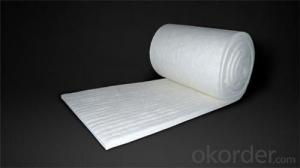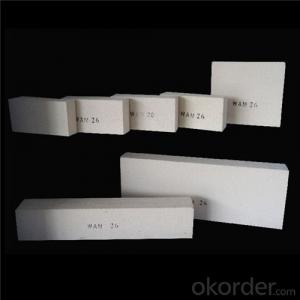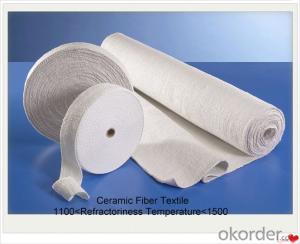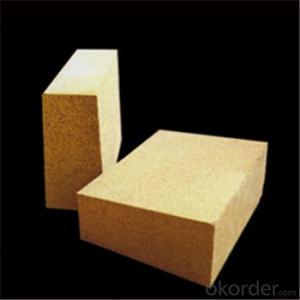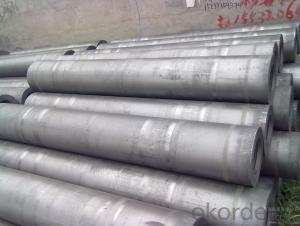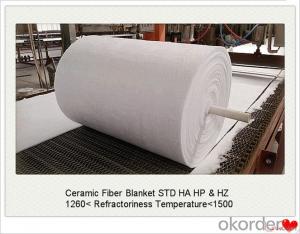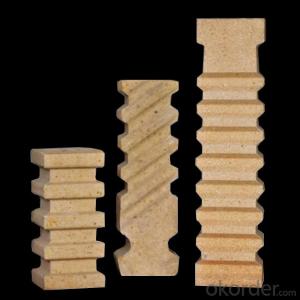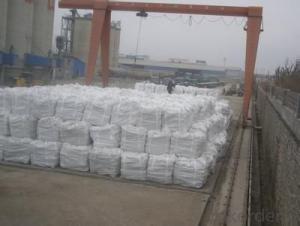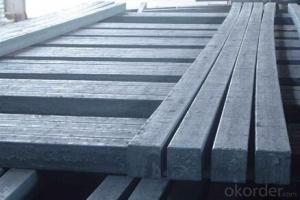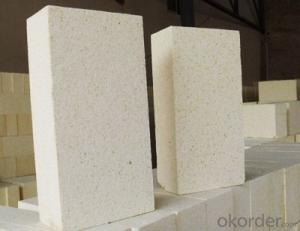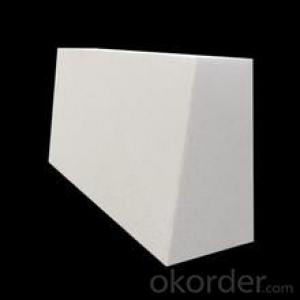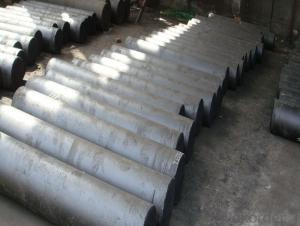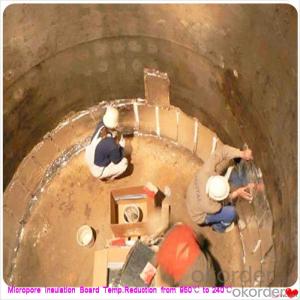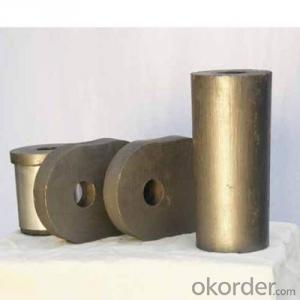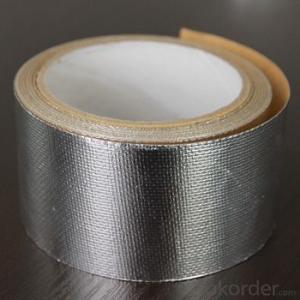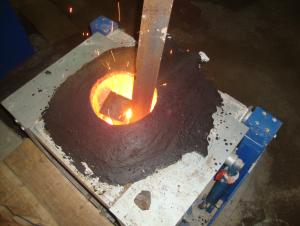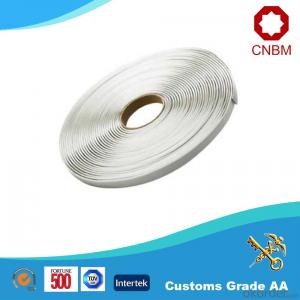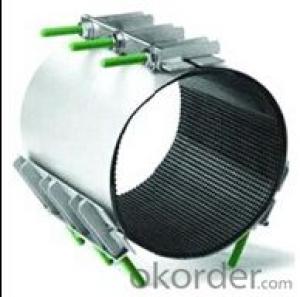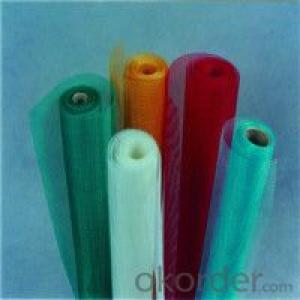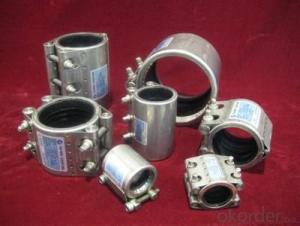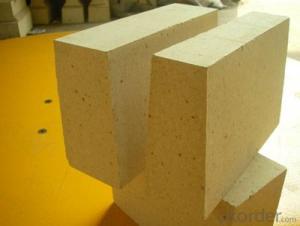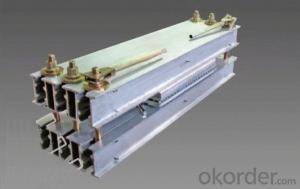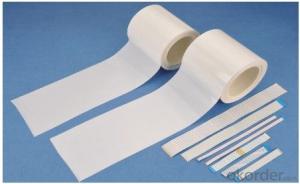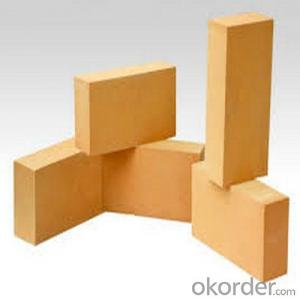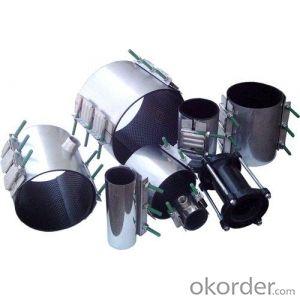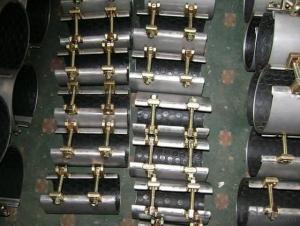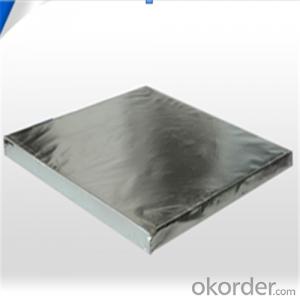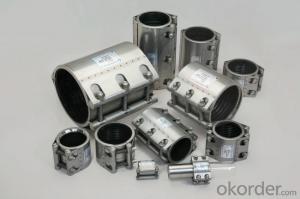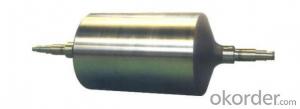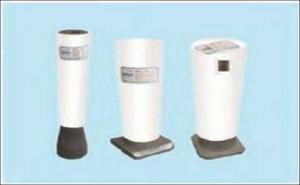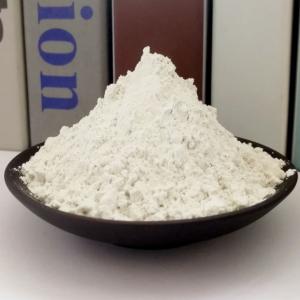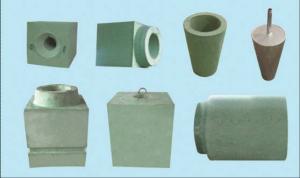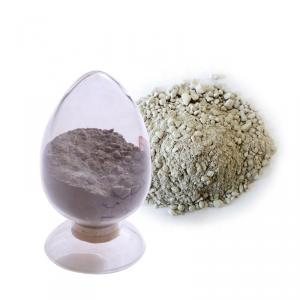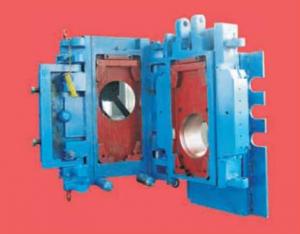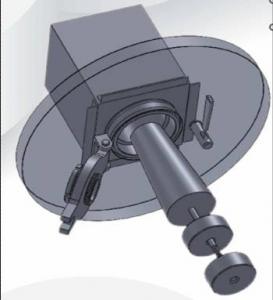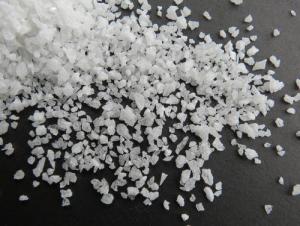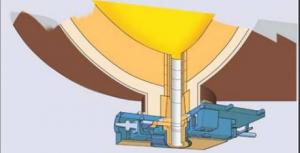Furnace Repair
Furnace Repair Related Searches
2 Inch Styrofoam Insulation Sheets Home Insulation Contractors Indoor Window Insulation Urethane Insulation Panels Fine Home Textiles Classic Wood Furnace Expanded Perlite Insulation Blown Insulation Calculator Cavity Insulation Polyisocyanurate InsulationHot Searches
Aluminium Scaffold Planks Sale Aluminium Walkway Mesh PricesFurnace Repair Supplier & Manufacturer from China
Okorder.com is a professional Furnace Repair supplier & manufacturer, offers integrated one-stop services including real-time quoting and online cargo tracking. We are funded by CNBM Group, a Fortune 500 enterprise and the largest Furnace Repair firm in China.Hot Products
FAQ
- How to classify fire resistance rating of brick-concrete structure?
- In order to ensure the safety of the building, the fire protection measures must be taken to make it have a certain degree of fire resistance, even if there is a fire, it will not cause too much damage. According to the national conditions of our country, and in the light of other countries standards, < high-rise civil building fire protection design specification > defines fireproof rank of high-rise civil buildings into level one and two; < code for fire protection design of buildings > divides the rank into level one, two, three, four, level one is the highest level, level four is the lowest. Besides that the minimum fire resistance of the building component is specified, buildings of fire resistance rating also specified requirements for combustion performance. Because the component with the same fire resistance limit is different, it is different in the fire.According to our country national standard < building design fire protection code >, the fire resistance rating of the building is divided into four levels. The fire resistance of a building is determined by the combustion performance and fire resistance of building components (such as beams, columns, floors, walls, etc.). Generally speaking, the fire resistance building of level one is a mixed structure of reinforced concrete structure or a mixture of brick wall and steel concrete structure; the fire resistance building of level two is a mixed structure of steel truss structure, reinforced concrete column and brick wall; the fire resistance building of level three is brick-wood structure made of wood roof and brick wall; the fire resistance building of level four is combustible structure which is composed of wood roof and non-combustible wall.
- Development trend of refractory industry
- In recent years, great changes have taken place in the world refractory industry. On the one hand, because of the improvement of technology and equipment and refractories own industrial users of technology progress, and refractory material consumption decreased year by year; in the past 20 years, the average annual consumption per ton of steel refractories decreased about 5 kg. The forecast for the next 5 years the average annual consumption per ton of refractory materials will drop to 0.5-1.0 kg range. The trend of globalization is obvious, and the competition is so fierce that the varieties of refractory materials are diversified, and the performance and quality are obviously improved. The service consciousness and ability of the refractory enterprises are strengthened for the users. Many lack of competitiveness, no modern enterprise management awareness of SMEs have been bankrupt, mergers and acquisitions surging. The production of refractories in developed countries is much higher than the cost of developing countries at the same time, due to more stringent environmental requirements, forcing them to produce only export high value-added products or technology, and bulk products, labor-intensive production shifted to developing countries. Because of its unique advantages of raw materials and labor cost advantages, there is no doubt that China will have more opportunities
- What's the fire resistance test method of doors and roller shutters?
- Fire resistance test method of doors and roller shutters: This standard specifies the fire resistance test method for roller shutter doors under standard fire conditions. The method is used to test the fire resistance of the ventilating duct when bearing the external fire (A duct) and internal fire (B duct). Fire resistance test of vertical ducts may be conducted referring to this standard. 1.Test specimen1.1 The test specimen is obtained by cutting from any part of the qualified metal tube unless otherwise relevant standard or mutual agreement specifies the cutting position of the metal tube. 1.2 Length of the specimen: L≈2.5D+50mm (D: outer diameter of the metal tube). The cut surface of the specimen must be perpendicular to the axis of the metal , and the seamed edge of the cut should be round off. Test method GB243-82 of metal tube necking 2. Test procedures 2.1 In the test, punch or press the metal tube into the tapered conical seat (see Figure) with a hammer or press machine, and make it uniformly diminished to the regulated shrinkage X which is calculated according to the following formula: Test method GB243-822 for metallic pipe necking: The inner wall of the seat cover used in the test should be polished, and has certain hardness and is coated with lubricating oil. Its conicity is 1:10, 1:5 or others in accordance with relevant standard provisions. If there is no provision, then adopt the conicity of 1:10. This standard is not suitable for: a) The pipeline whose fire resistance depends on the fire resistance of the ceiling; b) The pipeline with access door, unless otherwise the access door is included into the pipeline and tested together; c) The pipeline with two or three sides; d) Fume exhaust pipes;
- How should refractory cement be used?
- Insulation fire mortar: It is used as a protective refractory layer in the kiln head burner, as a refractory material in some parts of preheater, and it is generally constructed by grouting. b: Insulation fire mortar: It is used to repair the deformed plane of the kiln shell, or for thermal insulation of the roof in the cooler. Refractory mortar: It is also known as thermosetting fire mortar, mainly used in brick masonary. When using, we must add the glassy water to stir. (silicic acid sodium, water, NaSiO3, H2O).
- Who can tell me what is neutral refractory?
- Refractories mainly refer to aluminum oxide, chromium oxide and carbon as the main component of refractory materials, such as corundum brick, high alumina brick, and carbon brick. Its characteristic goes to the resistance to both acidic and basic slag. Basic refractories mainly refer to the refractory materials whose mian components are magnesium oxide and calcium oxide, including magnesia bricks, magnesia-alumina bricks, magnesia chrome bricks, dolomite bricks, etc. Basic refractory is good at resisting basic slag erosion.
- Does anyone know about the classification standards of B2-level fireproof and thermal insulation materials?
- The fire-resistant differences of B1- and B2-level extruded insulation boards are as follow: B1-level materials will be smothered as soon as staying away from fire, namely, they will be extinguished after leaving fire, or be put out in 10 seconds. B2-level materials will be in low-grade combustion, namely, the fire will not get wilder, and drippings will not ignite the filter paper. I hope my answer can help you!
- what's the classification of fireproof materials?
- Fireproof materials are used in construction, in various forms and it has played an absolute role in modern fireproofing, common fireproofing materials include fireproof?panel, fire door, fireproofing glass, fire?retardant?coating, fireproof bag,etc Or the material itself has a high temperature resistance, heat-resistant, flame-retardant properties. Most of them are used for the construction industry.
- What are the main materials in concrete fireproofing material?
- fireproofing materials mainly consist of class A incombustible?material and class B1 nonflammable material. Class A incombustible?material: Granite, marble, terrazzo, cement products, concrete products, gypsum board, lime products, clay products, glass, tiles, mosaics, steel, aluminum, copper alloy; class B1 nonflammable material: Ceiling materials, dry wall, fibrous plaster.
